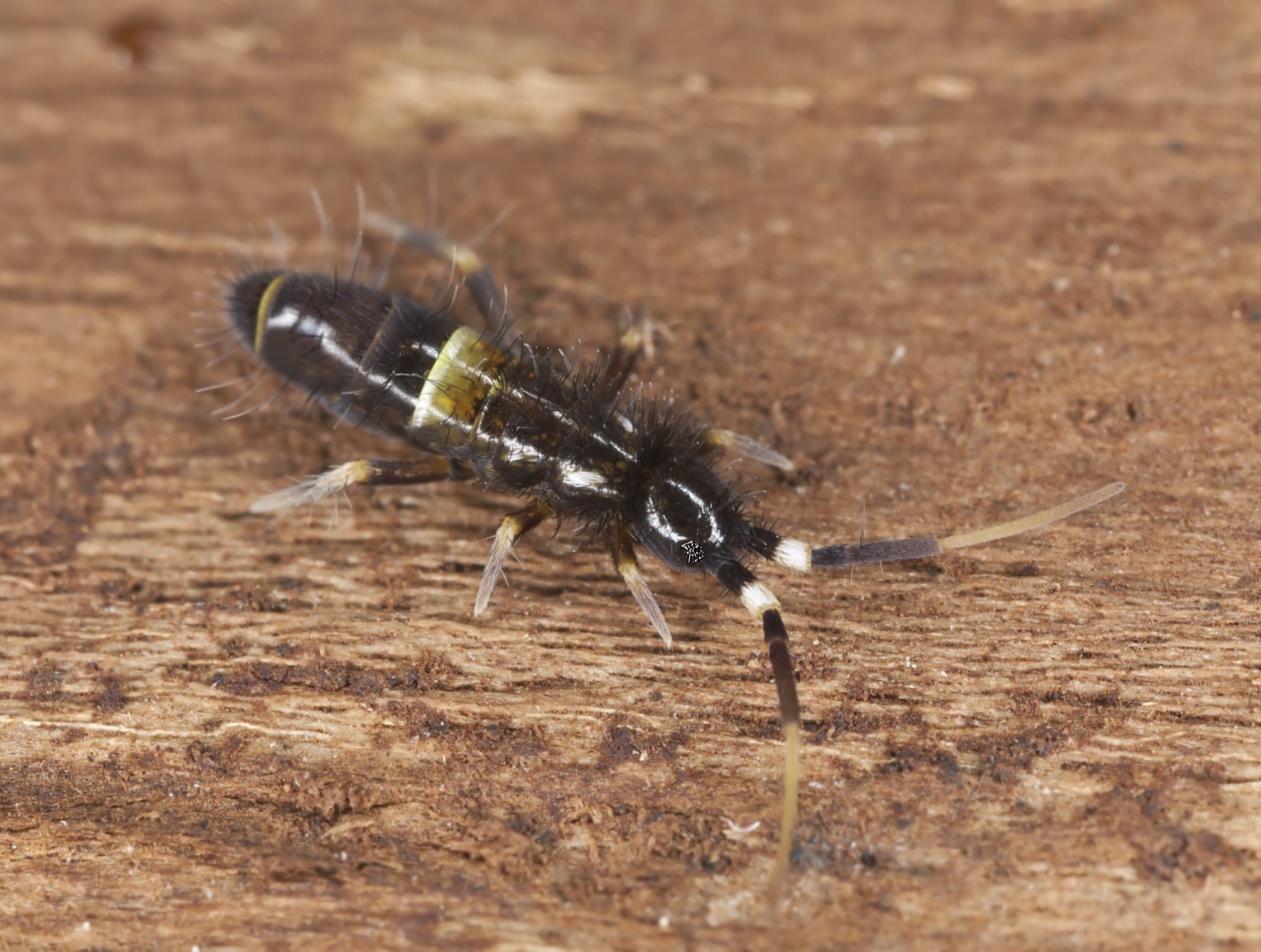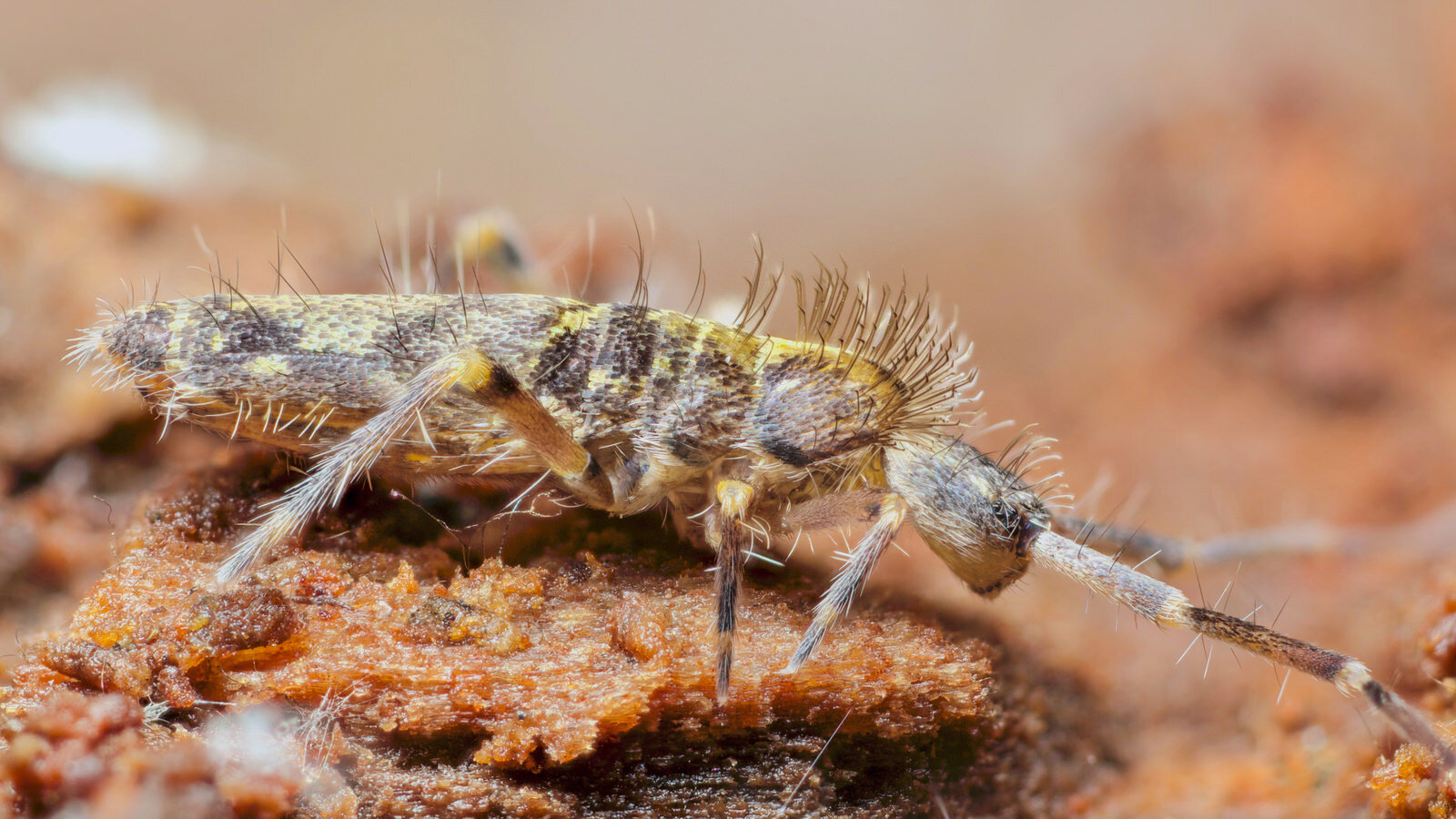Identifying the Tiny Black Bugs
It’s a common occurrence to find tiny black bugs hopping around in the bathroom, and while they might seem harmless, they can be quite a nuisance. It’s important to know what you’re dealing with to determine the best way to control them.
Size, Shape, and Color
These bugs are typically very small, usually measuring less than 1/8 inch in length. They have a flattened, oval-shaped body and are generally black or dark brown in color. The bugs might appear shiny or have a slightly iridescent sheen.
Jumping Behavior
These tiny bugs are known for their impressive jumping ability. They can leap several times their body length, which can make them seem like they’re almost flying. Their jumping is often described as a sudden, forceful burst of movement.
Other Notable Features
These bugs have long, thin antennae that are usually held straight out in front of their bodies. They also have six legs, with the hind legs being particularly strong and adapted for jumping. Some species might have tiny wings, but they are not strong enough for flight.
Possible Culprits: Tiny Black Bugs That Jump In Bathroom

Okay, so you’ve got these tiny black bugs jumping around in your bathroom. It’s totally understandable to be a little freaked out, right? Don’t worry, we’ll figure out what they are and how to get rid of them. Let’s talk about the most likely suspects, those little critters that might be making your bathroom their home.
Fleas
Fleas are notorious for their jumping abilities. They are tiny, wingless insects with a flattened body, allowing them to easily move through fur and feathers. They are parasitic and feed on the blood of mammals and birds. Fleas are known to be a common problem in homes with pets. They are typically found in areas where pets sleep, such as beds, carpets, and furniture.
Fleas can jump up to 100 times their own height, which is about 13 inches!
Fleas are a concern because they can transmit diseases like plague and typhus. They are also known to cause allergic reactions in humans and pets. Fleas are typically brown or black in color and have a shiny, smooth body. They are usually about 1/16 to 1/8 of an inch long.
Springtails, Tiny black bugs that jump in bathroom
Springtails are tiny, wingless insects that are commonly found in moist environments, like bathrooms. They are known for their ability to jump using a spring-like structure called a furcula. Springtails are typically black or gray in color and have a segmented body.
Springtails are not considered pests and are actually beneficial insects, as they help decompose organic matter.
They are typically found in damp areas like soil, leaf litter, and under rocks. Springtails are often mistaken for fleas because of their jumping ability. They can be differentiated from fleas by their size, as they are typically smaller than fleas. They are usually about 1/32 to 1/16 of an inch long.
Booklice
Booklice are small, wingless insects that are often found in damp places, like bathrooms. They are typically light brown or white in color and have a flattened, oval-shaped body. Booklice are not known to bite or transmit diseases. They are usually about 1/16 to 1/8 of an inch long.
Booklice are often found in books, papers, and other materials that are stored in damp places.
They are usually found in damp areas like bathrooms, kitchens, and basements. They are not considered pests, but they can be a nuisance if they are present in large numbers.
Eliminating the Bugs

So, you’ve got these little black critters jumping around in your bathroom, and you’re ready to kick them out? Don’t worry, you’re not alone. This is a common problem, and there are definitely ways to get rid of them.
Identifying the Source
The first step is to figure out where these tiny troublemakers are coming from. This will help you focus your efforts and prevent them from coming back. It’s like finding the root of a problem, so you can fix it properly.
- Check for cracks and crevices: These little guys love to squeeze into small spaces, so look for cracks in your bathroom walls, floor, and around pipes. They might be hiding in these nooks, waiting to jump out and surprise you.
- Inspect your drains: Your bathroom drains can be a prime breeding ground for these bugs. Look for signs of moisture or mold around the drain, as this can attract them. It’s like a little invitation for them to set up camp.
- Investigate your plumbing: Leaky pipes or faucets can create a damp environment that attracts these bugs. They’re like little moisture magnets, drawn to any signs of water. Make sure your plumbing is in tip-top shape.
- Look for food sources: These bugs are attracted to food scraps and crumbs, so make sure your bathroom is clean and free of any potential food sources. They’re like little scavengers, looking for anything to nibble on.
Cleaning and Sealing
Once you’ve identified the source of the infestation, it’s time to get your cleaning gloves on. This is like giving your bathroom a deep cleanse to get rid of these unwanted guests.
- Thorough cleaning: Start by giving your bathroom a good scrub. Pay special attention to areas where these bugs might be hiding, like cracks, crevices, and drains. This is like giving your bathroom a spa day, to get rid of any dirt or grime that might be attracting them.
- Seal cracks and crevices: Once your bathroom is sparkling clean, seal any cracks or crevices with caulk. This will prevent these bugs from finding a cozy hiding spot. It’s like putting up a barrier to keep them out.
- Clean drains: Use a drain cleaner or a mixture of baking soda and vinegar to clean your drains. This will help remove any debris or moisture that might be attracting these bugs. It’s like giving your drains a refresh to prevent them from becoming a bug haven.
- Keep your bathroom dry: Make sure your bathroom is well-ventilated and dry. This will discourage these bugs from setting up shop. It’s like creating a dry and uncomfortable environment for them.
Using Insecticides
If cleaning and sealing don’t do the trick, you might need to use some insecticides. But be careful, these should be used as a last resort.
- Choose the right insecticide: There are many different types of insecticides available, so choose one that is specifically designed for the type of bug you’re dealing with. It’s like finding the right weapon for the right battle.
- Follow the instructions: Always follow the instructions on the insecticide label carefully. This will help you use it safely and effectively. It’s like following a recipe, to ensure you get the best results.
- Be cautious: Insecticides can be harmful to humans and pets, so use them with caution. Keep them out of reach of children and pets. It’s like handling a powerful tool, with care and respect.
Creating a Cleaning Plan
Now, let’s put together a cleaning plan that targets those specific little black bugs. This is like creating a strategy to conquer those pesky invaders.
- Identify the bug: First, you need to figure out what type of bug you’re dealing with. This will help you choose the right cleaning methods and insecticides. It’s like knowing your enemy, so you can defeat them.
- Target the source: Once you know the type of bug, you can identify their favorite hiding places and food sources. This will help you focus your cleaning efforts. It’s like finding the bug’s weak spots.
- Create a schedule: Set up a regular cleaning schedule to prevent these bugs from returning. This is like staying vigilant, to keep them at bay.
- Use the right tools: Choose cleaning products and tools that are effective against the specific type of bug. It’s like using the right tools for the job.
- Be persistent: Don’t give up! It might take a few attempts to completely eliminate these bugs. It’s like a battle of wills, but you’ll eventually win.
